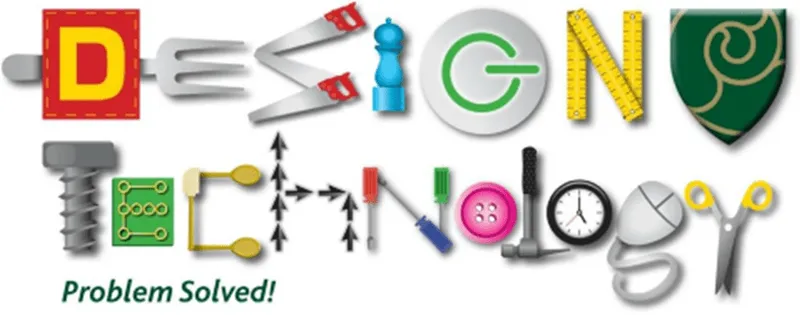Design Technology

Developing Designers of the Future
School Vision
I alone know the plans I have for you; plans for the future you hope for. Jeremiah 29:11
We seek to transform the lives of our community within a Christian environment, nurturing the wellbeing of all, promoting the highest academic achievement and instilling a lifelong love of learning.
God’s plans for us are limitless. He knows us best and plans for us to reach our unique and individual potential, shaped in the palm of His hand. This potential may reveal itself when we least expect it, just like God’s love being revealed to us. We believe that we are shaping lives, not just in the present, but also for the future – enabling them to be global citizens in God’s rapidly changing world; celebrating life in all its fullness.
Intent
- At Christ Church CE (VA) Junior School, our Design and Technology (DT) curriculum is constructed to inspire children think innovatively and inquisitively.
- We provide varied learning opportunities which aim to develop not only children’s technical skill in DT; but also, to develop their wider knowledge of product design and their ability to apply vocabulary accurately.
- Wherever possible, cross curricular links are formed. DT links well with many other subjects, such as art, maths and science and teachers carefully plan these links to ensure they are meaningful.
- Teachers make it explicit to the children that they are lKnowledge Organisersearning DT skills and encourage them to think like ‘Designers.’
- Our DT curriculum covers the skills outlined in the national curriculum through broad, challenging and inspiring units of work. A curriculum coverage document maps out when each year group is completing a specific unit of work and reflects how each element of design & technology is covered throughout the year groups.
- A progression map is used in order to ensure knowledge, skills and vocabulary build year on year. This ensures that by the end of year 6 pupils have a wealth of knowledge and skills to aid in their future studies. These progression maps build on prior learning.
Implementation
- Teachers pose carefully considered questions which elicit information from pupils and allows them to provide in-depth responses to deepen their understanding.
- To ensure the children think like ‘designers’, they will collaboratively come up with a ‘rubric’ (Christ Church’s unique success criteria that is used across multiple subjects.) to ensure their products are high-quality, fit for purpose and follow the design criteria.
- To support learning, teachers provide clear models to demonstrate concepts to pupils and use thinking aloud strategies to cognitively support learners.
- Pupils are shown how to work in accordance with health and safety guidance when using tools and materials.
- DT displays are prominent around the school environment which allow children to consistently see good examples and the vocabulary needed to articulate their opinions in design & technology.
- Teachers refer to the vocabulary which is integral to each display when modelling concepts or solving design problems which is a crucial strategy for enabling pupils to become independent.
- Pupils are supplied with all the materials and tools needed to create a functional product in the classroom.
Impact
The impact and measure of this is to ensure children not only acquire the appropriate age related knowledge linked to the DT curriculum, but also skills which equip them to progress from their starting points, and within their everyday lives.
Teachers continually assess children in DT lessons. The progression map document is used as a reference for what practical skills, knowledge and vocabulary children should know by the end of each year group. This assessment is then used to inform differentiation, support and challenge required by the children.
- DT is also monitored by the subject leader throughout the year in the form of photographic evidence of products and displays, lesson observations and pupil interviews to discuss their learning and establish what children know and can remember once a unit of work has been completed.
- Children are confident and competent designers, creators and evaluators of products that have a purpose. They can discuss the process from initial ideas through to the end product. They can explain the challenges that were faced, and the strategies used to overcome them.
- Children are reflective practitioners, being able to adapt their thinking and practical skills, at the beginning, throughout and at the end of the process
